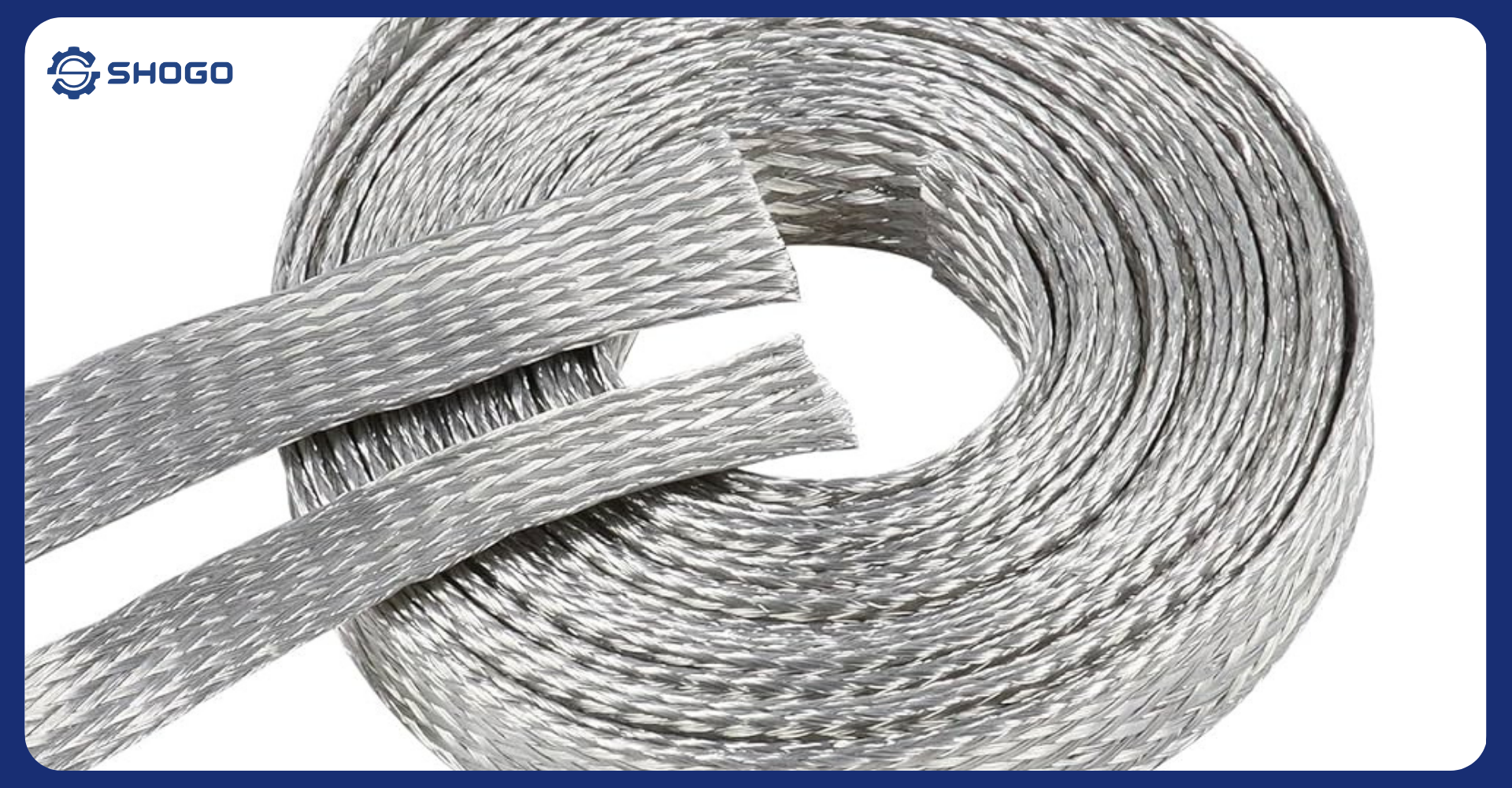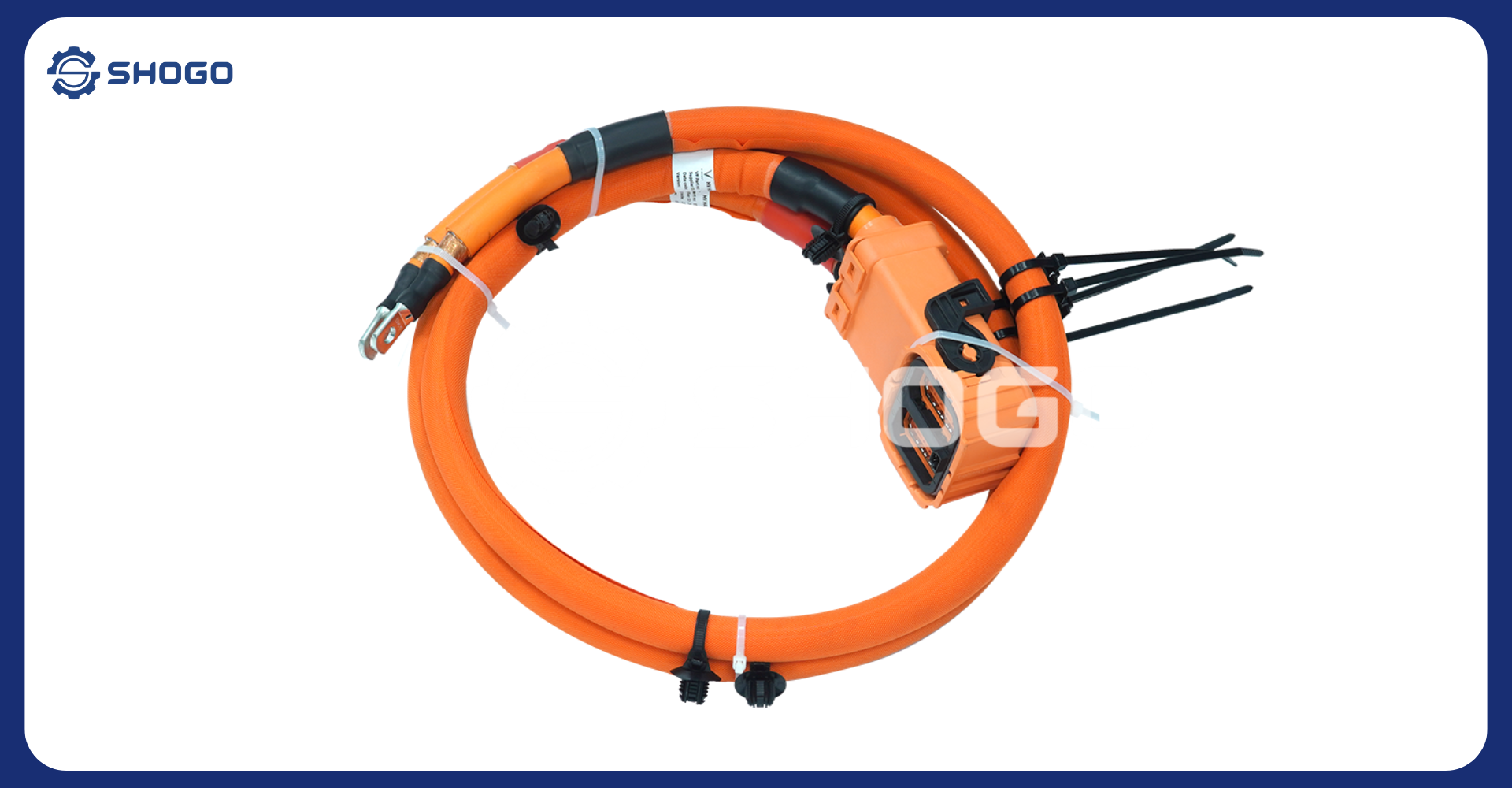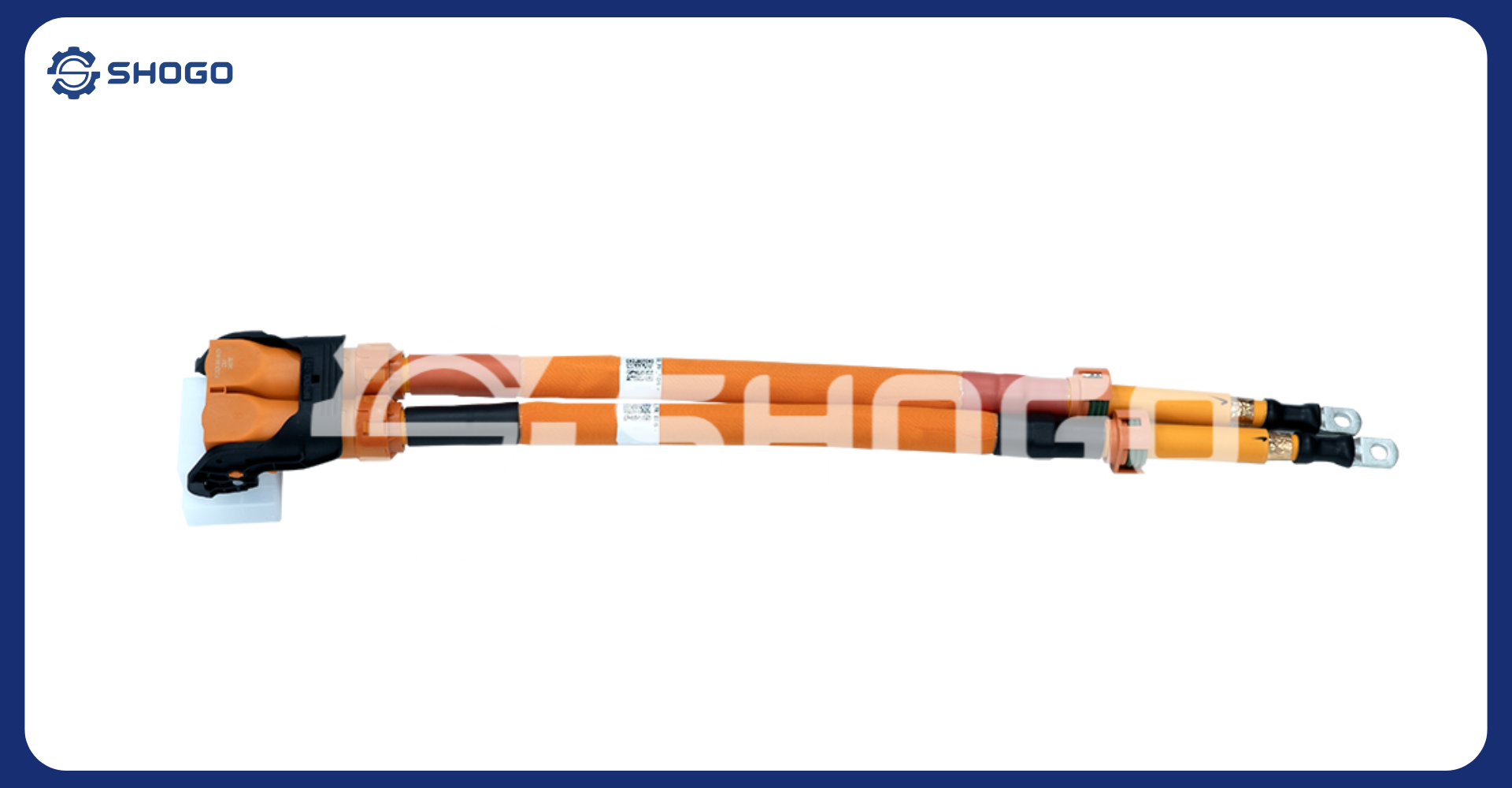
Introduction
In electric vehicle (EV) systems, all electrical signals and power flows must remain stable, reliable, and interference-free. However, as EVs adopt higher voltages and faster charging speeds, especially with DC fast charging systems, electromagnetic interference (EMI) becomes a significant challenge.
That’s why EMI-shielded EV cables were developed—to ensure signal integrity, system safety, and compliance with international EMC standards.
What Is EMI and How Does It Affect EVs?
Electromagnetic Interference (EMI) refers to electrical noise that disrupts signal transmission, often caused by high-frequency switching or large current flows.
Common EMI sources in EVs include:
- DC fast chargers, inverters, motors
- High currents and voltage spikes during charging/discharging
- Power cables running near control or sensor circuits
Potential risks from EMI:
- BMS (Battery Management System) misreads data
- Delayed or incorrect sensor feedback
- Safety risks during charging or vehicle operation
What Is EMI-Shielded EV Cable?
EMI-shielded EV cable is a specially designed cable that includes shielding layers to prevent external electromagnetic waves from interfering with the signal or power inside the cable.
Typical construction:
| Component | Main Function |
|---|---|
| Conductor (Copper) | Transfers charging current or control signals |
| Main Insulation Layer | Ensures electrical isolation |
| EMI Shielding Layer | Blocks external EMI from affecting internal flow |
| Outer Jacket | Mechanical and thermal protection |
Comparison: Standard vs. EMI-Shielded EV Cables
| Feature | Standard EV Cable | EMI-Shielded EV Cable |
|---|---|---|
| EMI protection | None | Includes foil, braid, or composite shielding |
| Signal reliability in fast charge | Moderate | High, stable in critical systems |
| EMC/CE/FCC compliance | May not meet standards | Easier to certify for export markets |
| Cost | Lower | 10–30% higher, depending on structure |
| Best use cases | AC charging, simple EV systems | DC fast charging, complex systems, premium EVs |
When Should You Use EMI-Shielded EV Cable?
| Use Case | Is EMI Shielding Necessary? | Reason |
|---|---|---|
| Premium EVs, large battery packs | Strongly recommended | Protects sensitive control electronics |
| High-power DC fast charging (>30kW) | Required | Prevents signal disruption |
| Electric scooters, home AC charging | Not required | Lower EMI risk, simpler systems |
| Public charging stations | Recommended | Improves reliability and stability |
| Systems with CAN/BMS communication | Recommended | Prevents interference with signal data |
Conclusion
EMI shielding in EV cables is not always mandatory, but in high-current, high-voltage, or signal-sensitive systems, it is almost essential. Investing in shielded cables improves safety, enhances system reliability, and facilitates EMC/CE/FCC certification for global markets.
Recommendations for Engineers & Investors:
- Check if your system includes signal transmission (CAN, BMS, sensors, etc.)
- For DC fast chargers over 30kW, use certified shielded cables
- For commercial charging stations, prioritize cables with international EMC certification
Need help selecting the right EMI-shielded EV cable?
Contact us to get technical datasheets, tailored quotations, and free samples for EMI testing.


